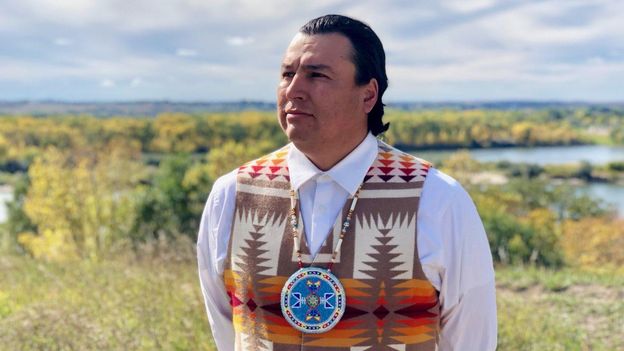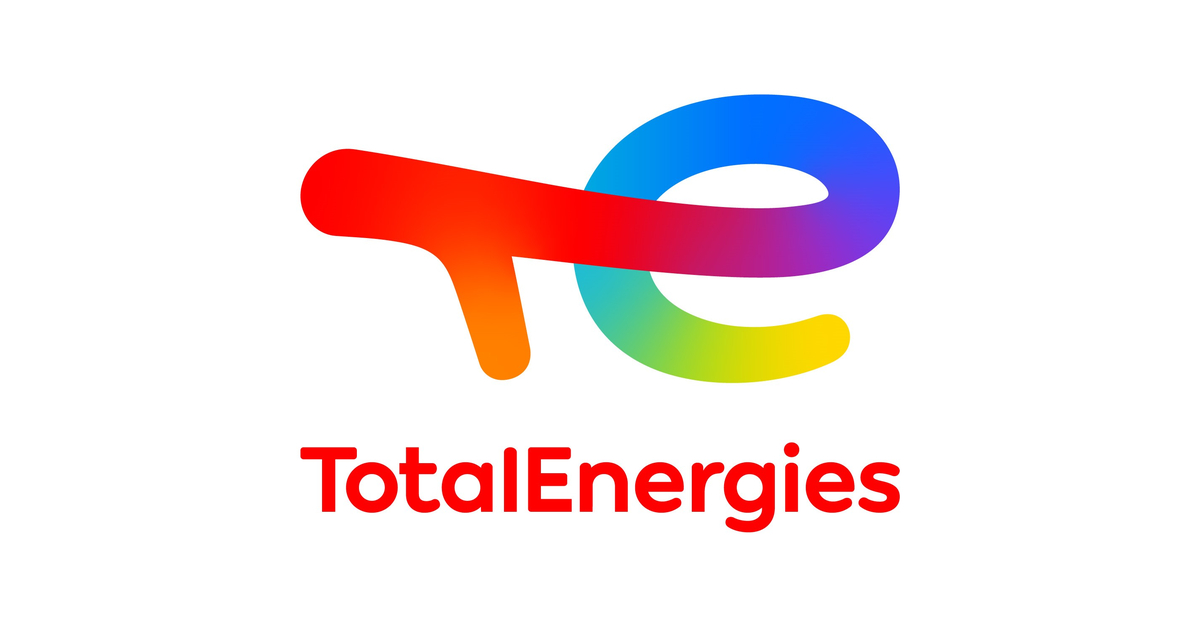From Protests to Power
In the aftermath of the 2016 Dakota Access Pipeline protests, Cody Two Bears, a Sioux tribe member, shifted from activism to action. Fueled by the conviction to address the energy needs of Native American communities, he founded Indigenized Energy, a native-led company installing solar farms at no cost.
Overcoming Power Disparities
Native American reservations, grappling with poverty and lack of basic power access, are now embracing solar energy. The 300-kilowatt solar farm in Cannon Ball, North Dakota, not only powers 60 homes but also saves the tribe $10,000 annually. The Inflation Reduction Act of 2022 provides substantial tax subsidies, creating a $14 billion opportunity for tribal solar and wind farms.
Building a Sustainable Future
Red Cloud Renewable, founded in 2002, focuses on upskilling indigenous tribal members for the renewable energy sector. Offering free training to over 1,100 individuals, the organization installs solar panels in community homes. This grassroots approach ensures energy independence while addressing unemployment in tribal communities.
Paving the Way for Energy Sovereignty
The push towards renewables is not just about economic opportunities; it signifies a reclamation of “energy sovereignty” for Native Americans. Overcoming historical injustices, tribes are using their lands for wind and solar projects. However, challenges persist, with the need for equitable development and respect for tribal rights in renewable energy projects. As Native Americans lead the charge, the transition becomes an opportunity to rewrite history and shape a sustainable future.
Source:bbc.com





